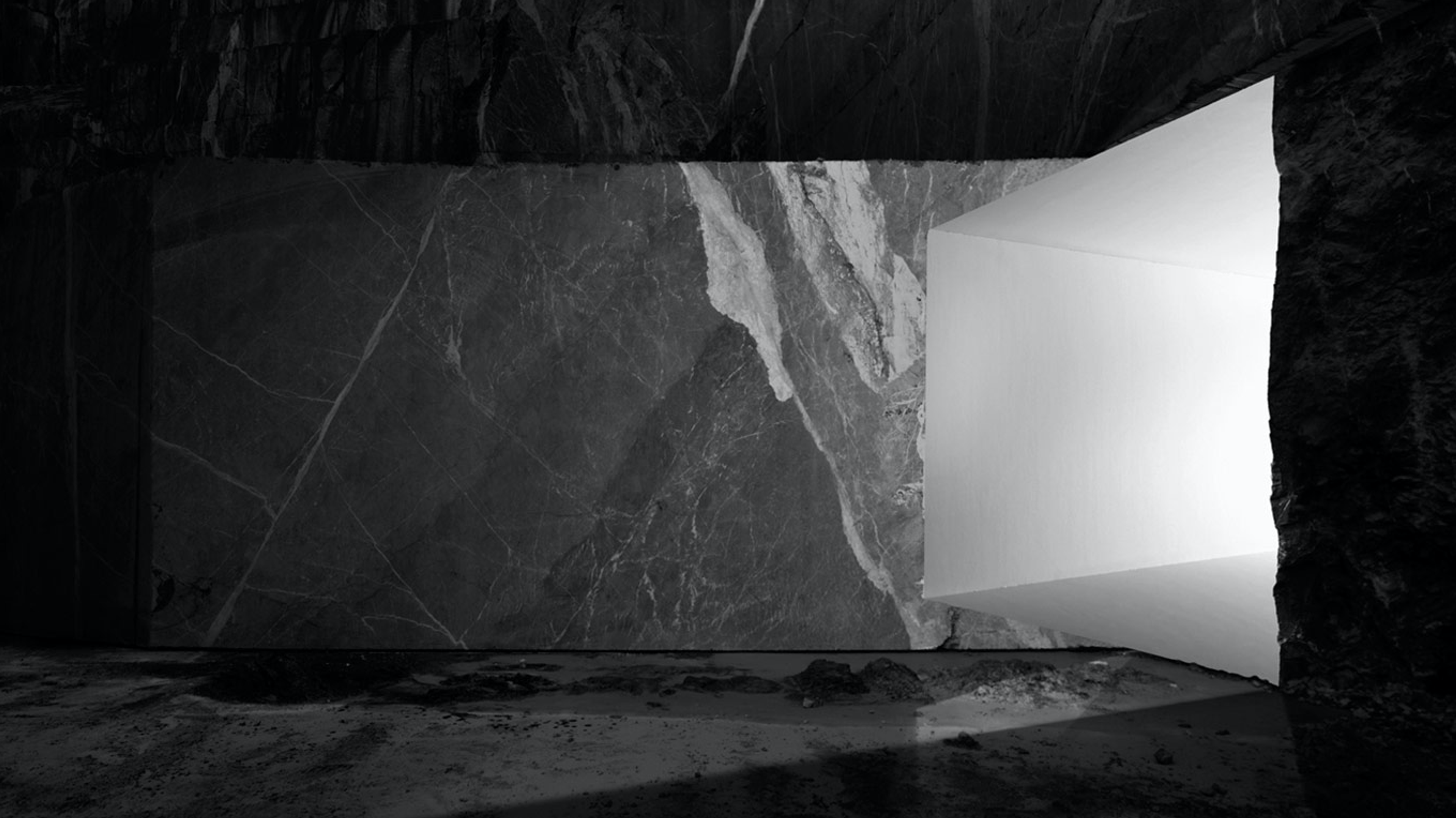Aitor Ortiz

The Spanish photographer Aitor Ortiz has photographed several monumental structures, from Frank Gehry’s Guggenheim Museum in Bilbao, his hometown, to the Millau Viaduct in southern France, to a black marble quarry in the town of Markina in northern Spain.
Ortiz projects us into entirely new spaces
However, Ortiz’ works cannot be categorized as exclusively architectural or documentary. He is, quite simply, an artist who appropriates architectonic forms to create works of art. John Szarkowski in his introduction to The Photographer’s Eye states, “An artist is a man who seeks new structures in which to order and simplify his sense of the reality of life.” This is precisely what Ortiz has accomplished.
Ortiz projects us into entirely new spaces. Skillfully utilizing both analogue and digital editing techniques, he reworks the images to conform to his vision. Like many other photographers of the digital age, he is pioneering visual languages that push the photographic image further away from the document to subjective expressions of time and place. This is reiterated by Art Historian Francisco Javier San Martin, who, when commenting on new trends in contemporary architectural photography, remarked that there is an “affirmation of independence by photographers where buildings are concerned, their insinuation that the possibility exists for them to create their own architecture independent of real world construction.”
In addition Ortiz’ structures are devoid of people. They appear uninhabited or even abandoned and; therefore, they exude a timeless quality. As we view these images, we are haunted by the lack of narrative. In fact, instead of narrative we find its antithesis, its end. The narrative is suspended. We are uncertain of the time or the order of the image or even of the place. Are we at the beginning or the end of construction? Or did the earth simply configure itself into this formation?
The visual tension in Ortiz’ works originates here. It begins with the monumentality of the structures in contrast to the static narrative. This feeling of uncertainty is also present in the current global climate. Ortiz’ lack of narrative reflects the zeitgeist of uncertain times, but beyond the logic, maturity, and aesthetic of his art, Ortiz also provides us with a meditative space in which to project our thoughts and desires onto steadfast pillars, illuminated forms, and into expansive gray spaces.
-Curator Michelle Marie Roy